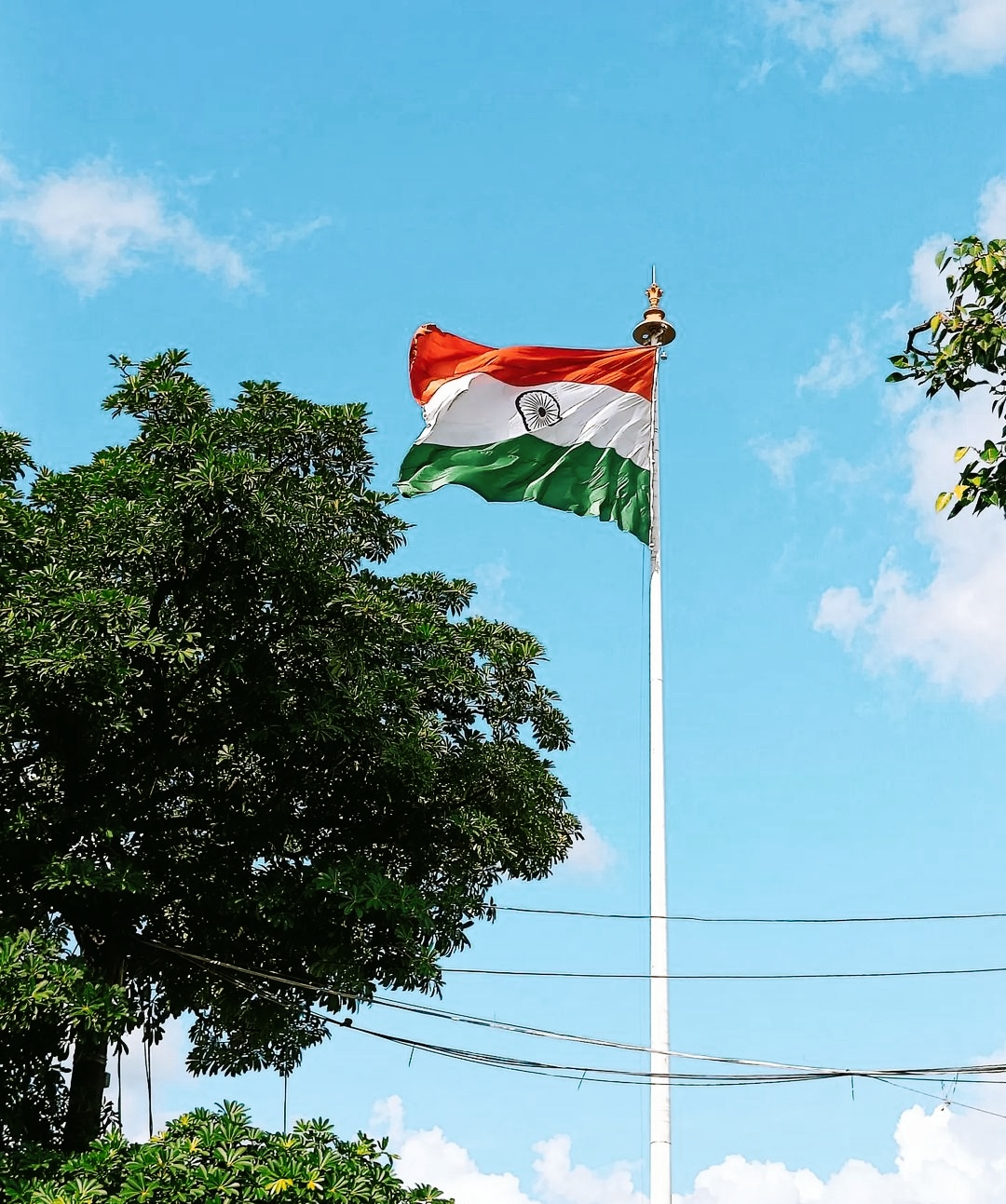Hello friends, welcome to your website Mixing Images. Friends, today’s post is going to be very special because today we have brought for you – Indian Flag Images, Indian Flag Photo, Indian Flag Wallpaper, Indian Flag Image, Indian Flag Pic, Indian Flag DP.
Best 25+ Indian Flag Images, Photo, Wallpaper, Image, Pic
Friends, how did you like today’s post, do tell us by commenting. If you liked our post then share this post with your friends.































